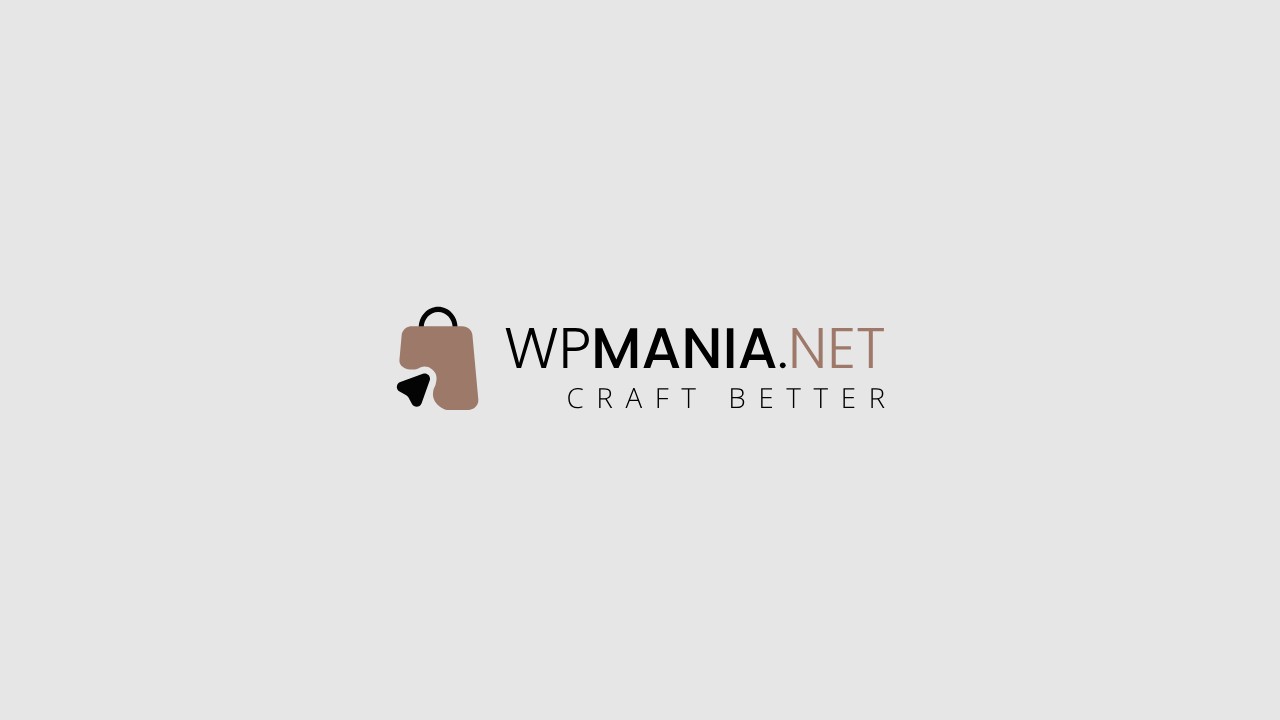The design of your WordPress website plays a pivotal role in attracting and retaining visitors. A well-designed website not only looks appealing but also offers a seamless user experience. However, like any digital endeavor, WordPress design can run into issues. In this comprehensive guide, we’ll explore the most common design challenges faced by WordPress users and provide effective solutions to help you troubleshoot and resolve them. Our goal is to ensure that your WordPress website not only looks great but also functions flawlessly.
Section 1: Theme-Related Design Issues
Common Issues:
1. Design Breaks on Mobile Devices: Some themes may not be responsive, causing design elements to break or appear improperly on mobile devices.
2. Compatibility with Page Builders: Using page builder plugins alongside themes can sometimes result in design conflicts and irregularities.
Solutions:
Responsive Themes: Opt for responsive themes that adapt seamlessly to various screen sizes and devices, ensuring consistent design across platforms.
Page Builder Compatibility: Choose themes that explicitly mention compatibility with popular page builder plugins like Elementor or Beaver Builder. This can help prevent design conflicts.
Regular Testing: Conduct regular testing on different devices to ensure your website’s design remains intact and user-friendly.
Section 2: Color and Typography Issues
Common Issues:
1. Inconsistent Color Schemes: Inconsistent use of colors can lead to a disjointed and unprofessional appearance.
2. Typography Problems: Poor typography choices can make text difficult to read and harm the overall design.
Solutions:
Establish a Style Guide: Create a style guide that outlines your website’s color scheme, ensuring consistent use of colors throughout your design.
Typography Guidelines: Choose readable fonts and maintain a consistent typography hierarchy for headings, subheadings, and body text.
Accessibility: Pay attention to accessibility guidelines to ensure that your color choices and typography are inclusive and user-friendly.
Section 3: Design Element Alignment
Common Issues:
1. Misaligned Elements: Design elements that are not properly aligned can create a cluttered and unprofessional look.
2. Design Elements Overlapping: Overlapping elements can make your website appear messy and confusing.
Solutions:
Grid Systems: Utilize grid systems to ensure consistent alignment and spacing of design elements.
Design Tools: Use design tools like Adobe XD or Figma to create wireframes and mockups, ensuring precise alignment before implementing them on your WordPress site.
Cross-Browser Testing: Regularly test your website on different browsers to ensure that design elements remain aligned and display correctly.
Section 4: Slow Loading Images
Common Issues:
1. Large, Unoptimized Images: Using large, unoptimized images can significantly slow down your website’s loading speed.
2. Image Compression Issues: Improperly compressed images can lead to slower loading times.
Solutions:
Optimize Images: Before uploading, compress and optimize images to reduce file sizes while maintaining quality.
Lazy Loading: Implement lazy loading to ensure that images are loaded only when they become visible in the user’s viewport, improving loading times.
Image Compression Plugins: Use image compression plugins to automatically optimize images in your media library.
Section 5: Broken Links and 404 Errors
Common Issues:
1. Broken Internal Links: Broken internal links can frustrate users and affect the overall user experience.
2. Missing Images or Media: Missing images or media files result in 404 errors and disrupt the design and content flow.
Solutions:
Regular Link Checks: Perform regular checks to identify and fix broken links within your content.
Media Library Management: Audit your media library to ensure that all images and media files are properly linked and displayed.
Redirections: Implement 301 redirects for pages or resources that have moved or been removed to prevent 404 errors.
A well-designed WordPress website is the foundation of your online presence, and addressing common design issues is essential to maintain a positive user experience. By applying the solutions outlined in this guide and actively monitoring your website’s design, you can ensure that it not only looks fantastic but also functions seamlessly. Remember, a well-designed WordPress website leaves a lasting impression and keeps visitors coming back for more.


